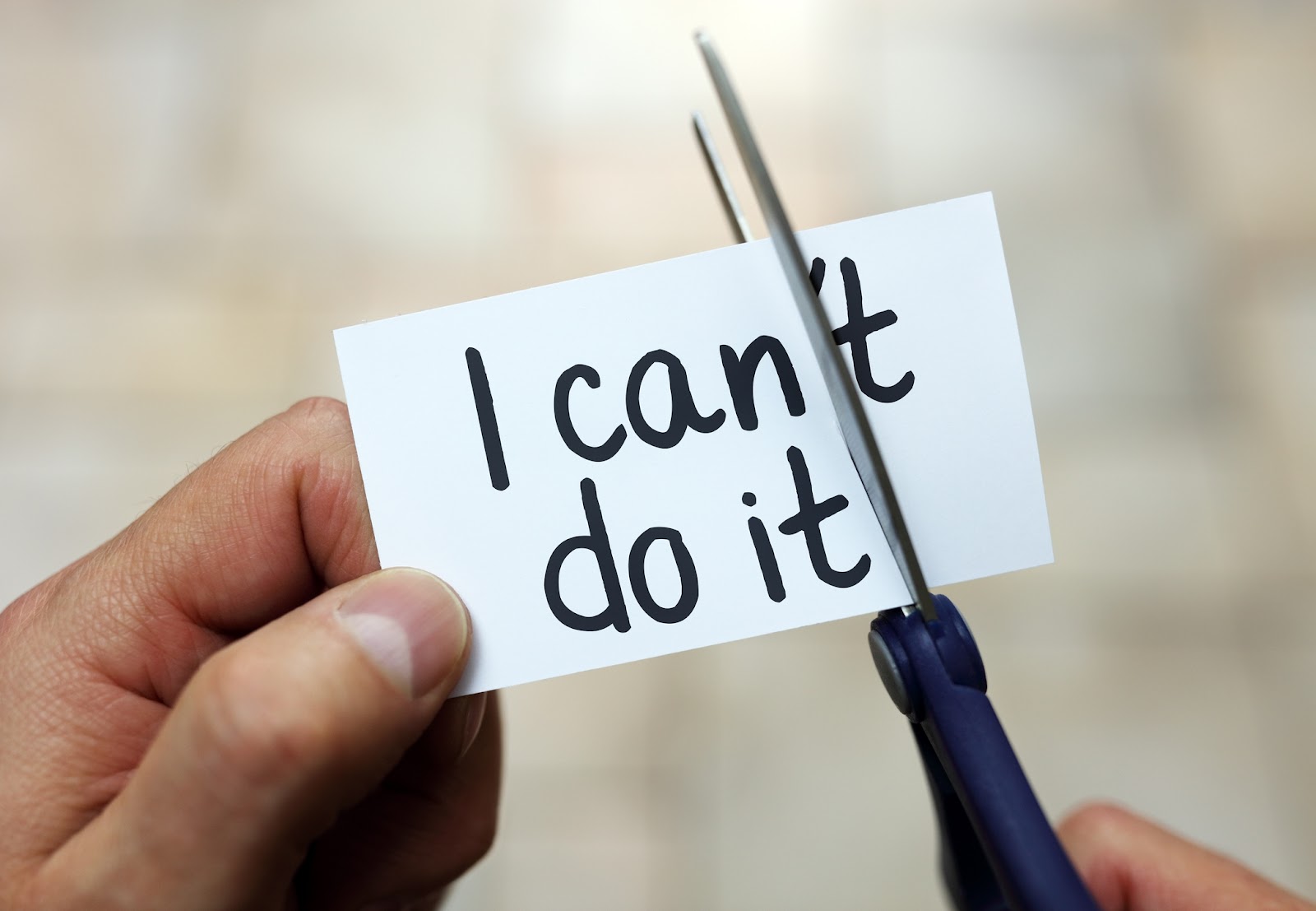Limiting beliefs are the negative thoughts and assumptions that hold us back from achieving our goals and living our full potential. They can be about ourselves, others, or the world in general.
Some common examples of limiting beliefs are:
●I’m not good enough
●I don’t deserve success
● I can’t do anything right
● People don’t like me
● The world is a scary place
Limiting beliefs can affect our self-esteem, confidence, motivation, relationships, health, and happiness. They can also prevent us from taking action, trying new things, or pursuing our dreams.
But the good news is that limiting beliefs are not facts. They are just opinions that we have formed based on our past experiences, influences, and interpretations. And since they are not facts, they can be changed.
In this article, we will explore some effective strategies to overcome limiting beliefs and replace them with empowering ones.
These strategies are:
●Identify your limiting beliefs
●Challenge your limiting beliefs
●Replace your limiting beliefs with positive affirmations
●Take action and celebrate your progress
# Identify your limiting beliefs
The first step to overcome limiting beliefs is to identify them. This can be done by paying attention to your thoughts and feelings, especially when you face a challenge or a setback.
Notice what you say to yourself or others when things don’t go your way.
●Do you blame yourself or others?
●Do you make excuses or give up?
●Do you feel hopeless or angry?
Write down any negative or self-defeating statements that you catch yourself saying or thinking.
These are your limiting beliefs.
Some examples are:
●I can’t do this
●It’s too hard
● It’s not worth it
●I always fail
I’m too old/young/fat,etc.
Once you have a list of your limiting beliefs, you can move on to the next steps:
Challenge your limiting beliefs: second step to overcome limiting beliefs is to challenge them. This means questioning their validity and looking for evidence that contradicts them.
You can do this by asking yourself some of the following questions:
●Is this belief true?
●How do I know it’s true?
●What evidence do I have to support it? ●What evidence do I have to disprove it? ●What are some alternative explanations or perspectives?
●How does this belief help me or hurt me?
●What would I say to a friend who had this belief?
By challenging your limiting beliefs, you will realize that they are not based on facts, but on assumptions, interpretations, and emotions. You will also discover that there are many positive and realistic ways to look at the same situation. This will help you weaken the hold that your limiting beliefs have on you and open your mind to new possibilities.
Replace your limiting beliefs with positive affirmations
The third step to overcome limiting beliefs is to replace them with positive affirmations. Positive affirmations are statements that express your desired outcomes, qualities, or behaviors in a positive and present tense way. They help you create a positive mindset and reinforce your self-belief.
Some examples of positive affirmations are:
● I can do this.
●It’s challenging but rewarding.
● It’s worth it.
● I learn from my mistakes.
● I’m capable and confident.
To create your own positive affirmations, you can use the following formula:
I am + (positive adjective) + (desired outcome or quality)
For example:
I am brave and courageous I am successful and happy I am healthy and fit
Write down your positive affirmations and repeat them daily, preferably in the morning and before bed. You can also say them out loud, write them down, or display them somewhere where you can see them often. The more you repeat them, the more you will believe them.
Take action and celebrate your progress
The fourth and final step to overcome limiting beliefs is to take action and celebrate your progress.
Taking action means putting your positive affirmations into practice and doing the things that you want to do despite your fears or doubts. It also means setting realistic and achievable goals and breaking them down into small and manageable steps.
By taking action, you will prove to yourself that you can do it and that your limiting beliefs are not true.
Celebrating your progress means acknowledging and rewarding yourself for every step that you take towards your goals.
It also means focusing on what you have done well rather than what you have done wrong or what you have not done yet.
By celebrating your progress, you will boost your motivation, confidence, and self-esteem.
Some ways to celebrate your progress are:
●Give yourself a compliment or a pat on the back
●Treat yourself to something nice or fun
Share your achievements with someone who supports you
● Keep a journal of your successes and challenges
●Reflect on how far you have come and how much you have learned.
# Conclusion:
Limiting beliefs are the negative thoughts and assumptions that hold us back from achieving our goals and living our full potential. They can be overcome by identifying them, challenging them, replacing them with positive affirmations, and taking action and celebrating our progress.
By following these steps, you will be able to transform your mindset from one of limitation to one of empowerment. You will also be able to unleash your true potential and create the life that you want.
Remember: You are not your limiting beliefs. You are more than capable of achieving anything that you set your mind to.
Keep growing!🌼









0 Comments